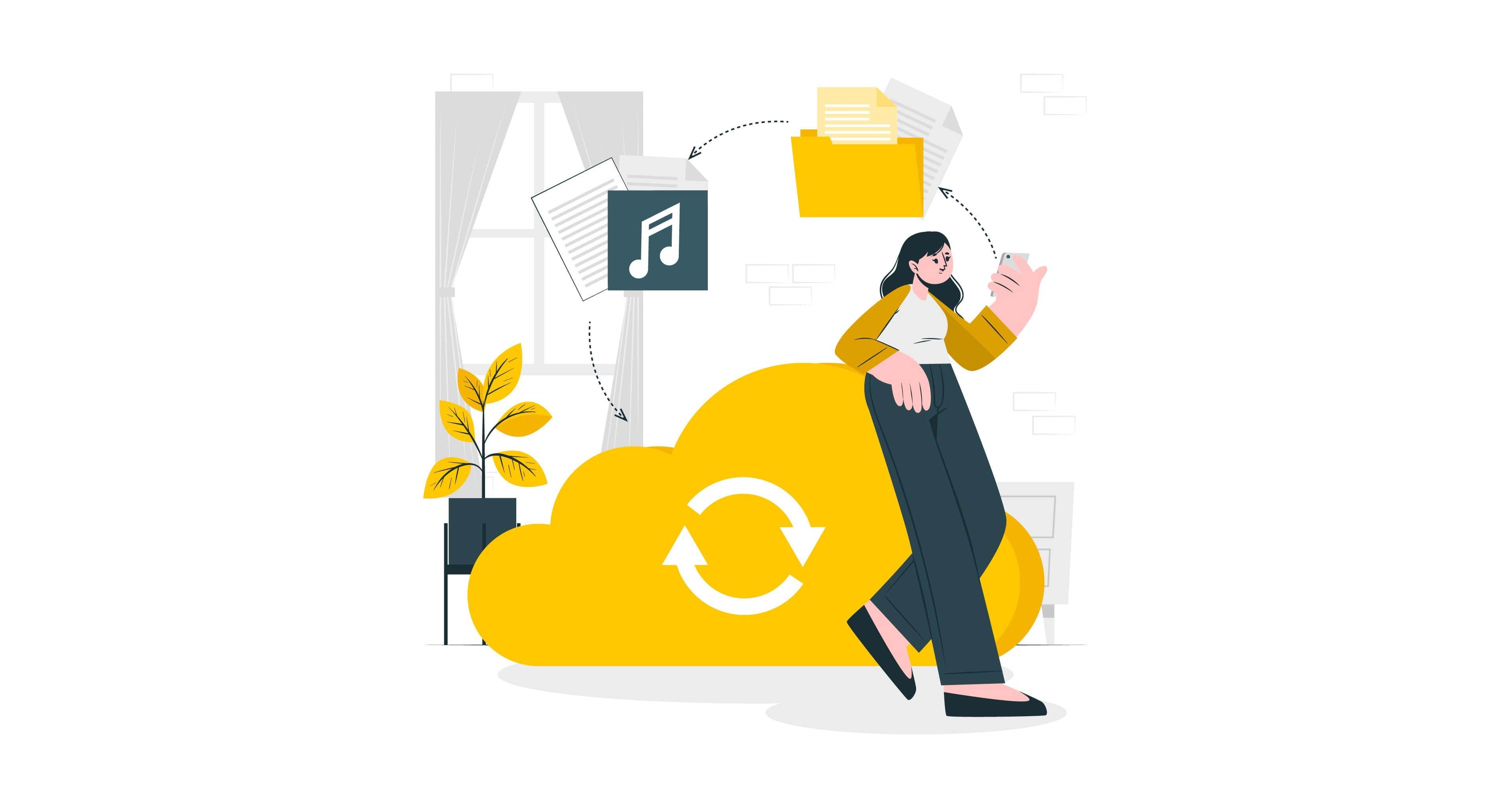Did you know that cybersecurity and risk management was the focal point for IT spending in 2020? Notwithstanding, a close runner-up would be cloud services.
Judging by the situation in Malaysia, remote working has become a permanent fixture for many businesses for the foreseeable future. However, the need to remain in control of compliance and risk management has not subsided but only grown more challenging.
How are Compliance and Risk different during the pandemic?
Remote working is by no means exempt from less stringent security measures that are otherwise in place. As we’ve mentioned before, organisations should ensure that the same level of security is applied to endpoint devices and personal data.
Fortunately, IT professionals are starting to angle their priorities towards hybrid infrastructure management, application performance management (APM), and security management to optimise delivery. Hybrid IT has proven effective in breaking down silo mentalities, bringing core proficiencies across on-premise and cloud environments together.
In trying times like this, companies must shift focus unto skills development and alacrity in key areas:
- Security
- Cloud infrastructure
- Application monitoring
While cloud storage dominates spending priorities, it is still secondary to security and compliance, according to studies. Consequently, technology experts can seize the opportunity to emphasise effective communication for performance now and into the future.
How are Organisations doing this?

In terms of compliance and risk-based security, the most popular strategy is enforcing end-user training. Educating and keeping end-users aware of the latest information on security threats can go a long way towards preventing major data breaches and mitigating future attacks.
Up next is overseeing Governance, Risk and Compliance (GRC). From an IT perspective, GRC is necessary for achieving the best possible infrastructure and operational environment. A well-structured and continuous approach to GRC ensures proper functionalities according to policies and procedures. Monitoring, reviews, assessments and updates are key.
Moreover, managing risk is increasingly essential as cybersecurity threats occur ten-fold in frequency and severity. As a result, an integral part of IT activity is identifying and managing operational risks, threats, and vulnerabilities.
Preventing data loss is also a top priority among consumers. Thus, most initiatives in operational security, endpoint security, and internet of things (IoT) security reflect more on compliance.
In Conclusion
Evident in a broader trend, consumers are beginning to deploy various security initiatives through third-party providers. These measures include end-user training, email security, data loss prevention and more.
Aegis is an experienced cloud computing provider that can equip your organisation with backup services and Disaster Recovery resources. Our services help you hedge against cyberattacks and other disruptive disasters, ensuring minimised downtime and business continuity.
Additionally, Aegis offers complimentary unlimited DR resources such as DR VM, DR vCPU, DR vRAM, DR Security, DR bandwidth and DR Drills throughout the year for guaranteed high performance. Find out more about what we can do for you from our comprehensive cloud hosting and managed services.












